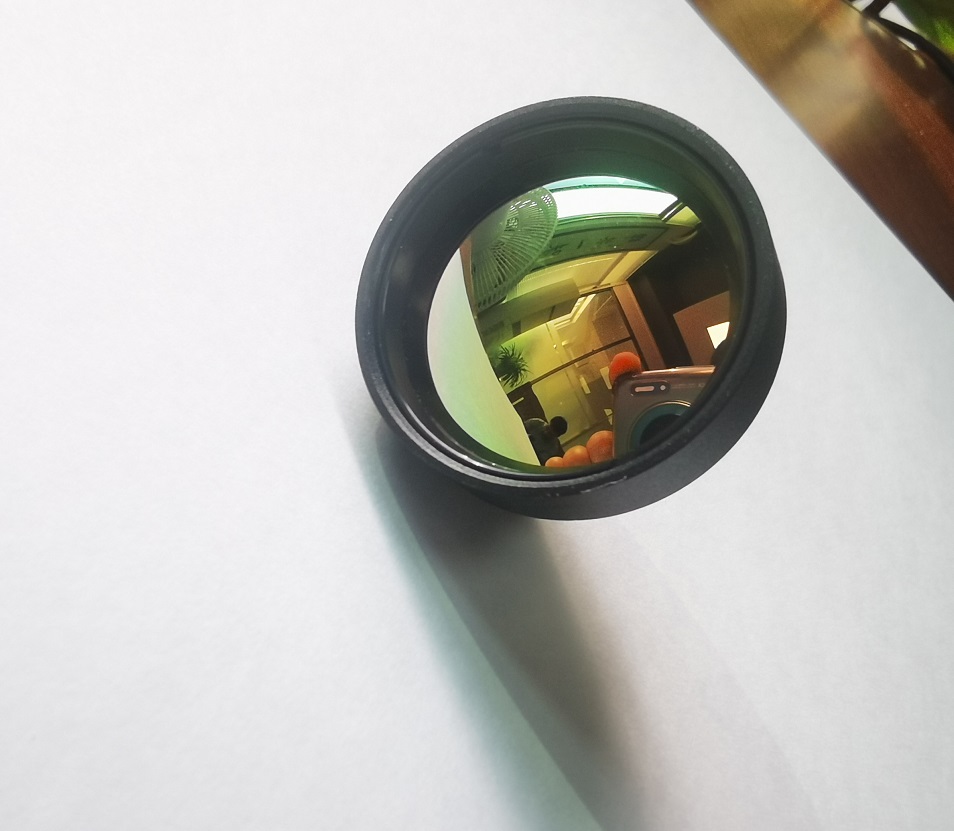Industrial News

Introduction:
Thermal imaging technology has revolutionized numerous industries, and none more so than aerospace. The ability to detect and visualize infrared radiation emitted by objects has unlocked new possibilities in navigation, surveillance, and safety. Thermal imaging lenses play a key role in enabling these applications, but they also face unique technical challenges in the extreme conditions of aerospace environments.
The Importance of Thermal Imaging Lenses in Aerospace
Thermal imaging lenses are integral components of thermal imaging systems used in the aerospace industry. They capture and focus the infrared radiation emitted by objects, converting it into a visible image. These lenses enable pilots and engineers to detect and analyze heat signatures, allowing for enhanced navigation, target tracking, and troubleshooting. From military aircraft to space exploration missions, thermal imaging lenses are indispensable in ensuring the safety and success of aerospace operations.
1. Precision and Image Quality
The primary challenge in developing thermal imaging lenses for aerospace lies in achieving high precision and image quality. The lens needs to capture accurate temperature data and produce clear, detailed images to facilitate accurate analysis. Balancing the demands of high resolution, low distortion, and precise focusing requires advanced materials and manufacturing techniques.
Factors such as thermal expansion, lens mounting stability, and environmental conditions can affect image quality. Engineers are continually working to optimize lens designs, materials, and coatings to minimize these impacts. The use of exotic materials, such as germanium, and advanced anti-reflective coatings has significantly improved the optical performance of thermal imaging lenses in aerospace applications.
2. Durability and Reliability
Aerospace environments subject thermal imaging lenses to extreme conditions, including high temperatures, rapid temperature changes, vibrations, and exposure to harsh chemicals. These conditions pose immense challenges to the durability and reliability of the lenses.
Choosing materials that can withstand high temperatures while maintaining their optical properties is crucial. Lenses need to maintain their integrity and focus accuracy even in turbulent atmospheric conditions or during re-entry into the Earth's atmosphere. Engineers must ensure that lenses are resistant to thermal shock and possess high mechanical strength to withstand the rigors of aerospace operations.
Conclusion
Thermal imaging lenses play an indispensable role in the aerospace industry, enabling enhanced navigation, surveillance, and safety. The development of these lenses presents significant technical challenges, including achieving precision and image quality, as well as ensuring durability and reliability. Through constant innovation and advancements in materials and manufacturing techniques, aerospace engineers continue to overcome these hurdles, pushing the boundaries of thermal imaging technology in aerospace applications.
 English
English  German
German Japanese
Japanese Korean
Korean Vietnamese
Vietnamese French
French Spanish
Spanish भारत
भारत



